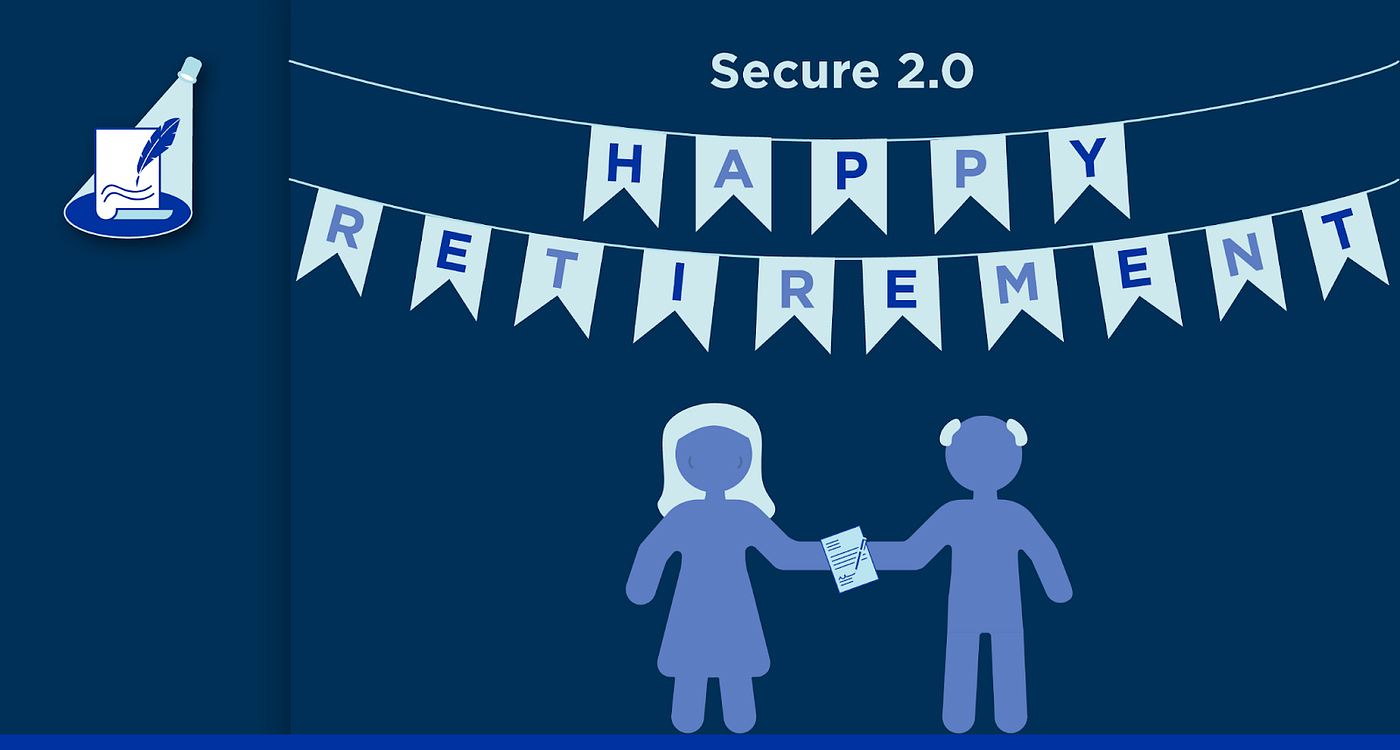85% of defined contribution plan sponsors feel a strong sense of responsibility for employee financial wellness, up from 59% in 2013, finds J.P. Morgan Asset Management.

85% of defined contribution (DC) plan sponsors feel a strong sense of responsibility for employee financial wellness, up from 59% in 2013, according to J.P. Morgan Asset Management’s latest Defined Contribution Plan Sponsor Survey.
Alexandra Nobile, Vice President, Retirement Insights, at J.P. Morgan Asset Management, explains in the accompanying news release:
“…[the survey] highlights the industry shift as plan sponsors begin to recognize the interconnection of overall employee financial and personal wellness. Retirement income, student loan debt assistance and emergency savings programs are all being discussed more and it’s exciting to see that companies offering these types of programs see their retirement plans as more effective. The implications of SECURE 2.0 serve to only accelerate this trend and we expect to see more plan sponsors taking a proactive approach to evolving their retirement benefit offering through innovative DC plan design.”
It’s true: DC plan sponsors with a financial wellness program “more often see their retirement plans as effective in meeting key goals, compared with those without such a program.” We’ll return to Secure 2.0 and innovative DC plan design in a moment.
Overall, four key themes of import for employers emerge in the data, with three key implications for plan sponsors:
1) Increased sense of responsibility for financial wellness
- The vast majority (85%) of plan sponsors now feel a strong sense of responsibility for employee financial wellness.
- Roughly 40% of surveyed sponsors offer a financial wellness program beyond their retirement and health benefits.
- 30% are considering offering one, with financial stability, retirement planning, and financial education as the top cited goals.
- 25% of surveyed sponsors offer student loan debt assistance, and 40% offer emergency savings benefits, one-on-one financial coaching and/or debt management assistance.
2) Automation and customization continue to gain momentum
- 61% of respondents take a more proactive plan design approach, and a higher number of these plan sponsors view their plans as “extremely effective,” or “very effective.”
- There has been an increase in the number of plans that now offer automatic contribution escalation, with 43% of surveyed sponsors reporting this feature, up from 21% in 2013. 6% are unsure if they offer automatic contribution escalation.
- Still, 47% of surveyed sponsors continue to choose not to offer automatic enrollment in their plans (around 2% are unsure if they offer), and 51% do not offer automatic contribution escalation.
3) Target Date Fund (TDF) usage remains high as sponsors refine their investment menu
- 6 in 10 plan sponsors offer a TDF in their DC plan, while 76% of sponsors with a QDIA say it is a series of target date funds.
- The most frequently reported investment menu changes were “added an option designed to generate income for retirees” (45%) and “reducing the number of investment options” (35%). Around a quarter have changed their plan TDF suite and/or their qualified default investment alternatives (QDIAs).
- Only 55% of surveyed sponsors know that they serve as a fiduciary, despite the fact that all of the respondents have fiduciary responsibilities.
4) Retirement income has become a core purpose of DC plans
- Nine out of 10 “strongly agree” or “somewhat agree” that it is important to offer investments that help participants generate income in retirement.
- For plans without a current retirement income option, 45% say that they are “extremely likely” or “very likely” to consider offering one in the upcoming year.
- Six out of 10 surveyed sponsors believe DC plans should be vehicles for retirement income generation.
5) Key Implications for Plan Sponsors
- Continuing to evolve financial wellness offerings with SECURE 2.0 in place will be beneficial for both participants and plan sponsors.
- Taking a more proactive approach to driving participant outcomes and continuing to move toward customization drives more favorable participant outcomes.
- The demand for retirement income solutions is present and growing, for both participants and plan sponsors.
Explore Secure 2.0 Emergency Savings and Student Loan Provisions
The Secure 2.0 provisions signed into federal law at the end of December are designed to encourage employers to offer more robust retirement options and employees to take full advantage of available retirement benefits.
We highlight today two with particular promise to boost productivity, wellness, and retention by leveraging innovative DC plan design, helping employees to build emergency savings, pay off student loan debt, and invest in their retirement.
Student Loan Payments Can Qualify for Matching Employer Retirement Contributions
When student loan debt prevents your workers from contributing to DC retirement plans, they miss out on your employer matching contributions, and you’re left with the unfulfilled potential of the benefits you already offer.
Under Secure 2.0, sponsors of 401(k), 403(b), governmental 457(b) plans, and savings incentive match plans for employees of small employers (SIMPLE plans) can make matching contributions to employees’ qualified student loan payments (QSLPs) as if they were pretax, Roth or after-tax contributions.
For plan years starting after December 31, 2023, employers can offer the QSLP match even if employees aren’t contributing to a plan, making it possible for employers to eliminate the toxic choice employees often make between investing in retirement and paying down student loan debt.
It’s a huge win for millions of employees who are struggling to save for retirement while paying off student loans and for their employers who understand how debt impacts your workers on and off the job.
Retirement Plans Can Offer Linked Emergency Savings Accounts
Secure 2.0 enables employers to automatically enroll employees in emergency savings plans linked to their 401(k)s, beginning in 2024, at up to three percent of eligible wages (up to $2,500). Employees will be able to withdraw funds without the 10 percent early withdrawal penalty and they will not have to pay taxes on the withdrawn funds. This addresses a common employee fear that they could need money they saved for retirement to cover near-term needs.
Continuing to evolve your financial wellness offerings in the age of Secure 2.0, while taking a more proactive approach to customization and outcomes will be an ongoing process. We can help.
Schedule a time to speak with TrustPlus today about cultivating a financially healthy workforce.






